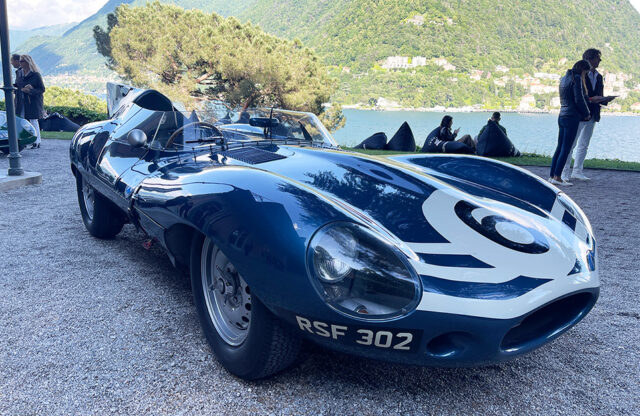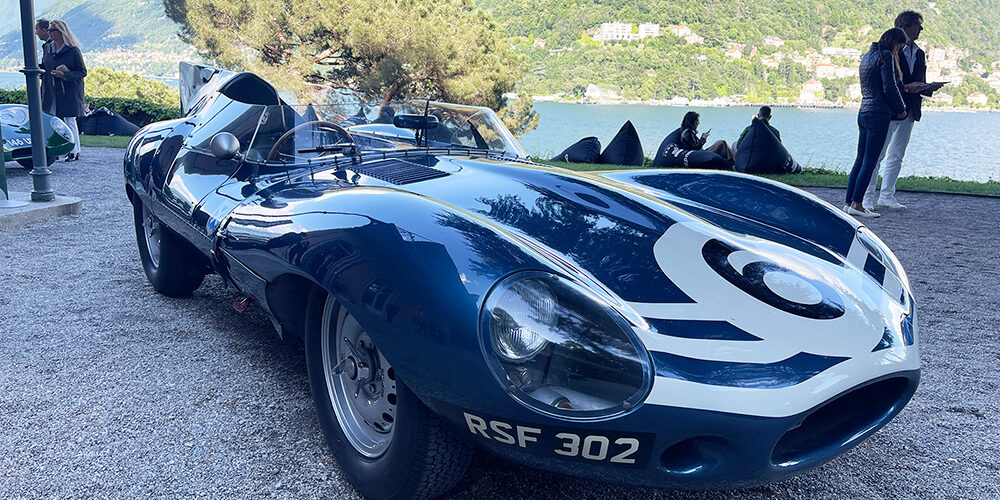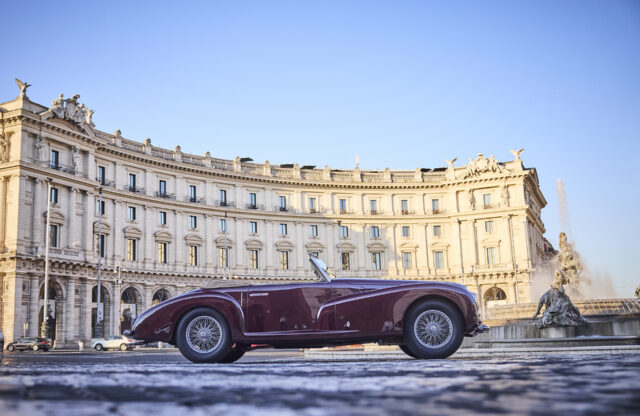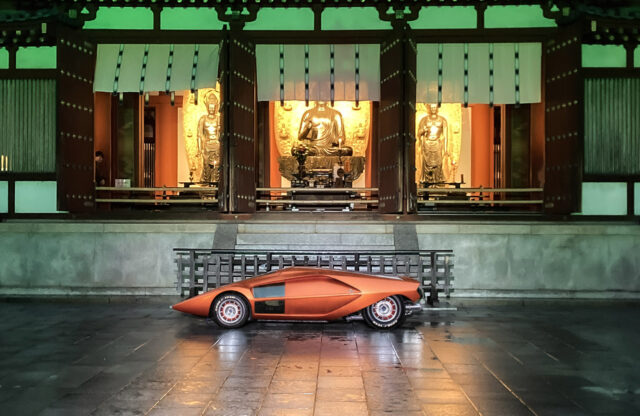While one British car provoked surprise in the public vote at Concorso d’Eleganza Villa d’Este, just a 20-minute walk (or an hour-long drive) along the shores Lago di Como, FuoriConcorso celebrated yet more British icons.
Hosted in the gardens of Villas del Grumello and Sucota, the exhibits were themed around British racing machinery of the Queen Elizabeth II era, with everything from thunderous Formula 1 cars to rally monsters positioned like sculptures or works of art.
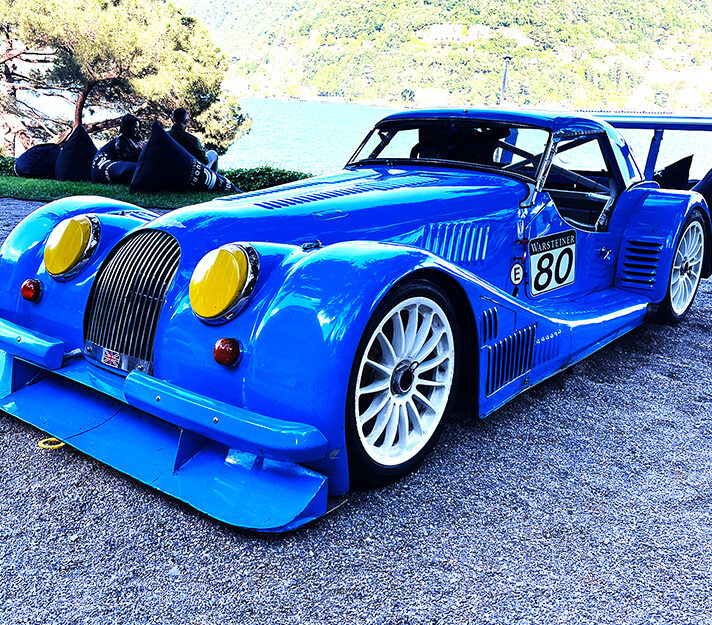
Everything from thunderous Formula 1 cars to rally monsters were positioned like sculptures or works of art

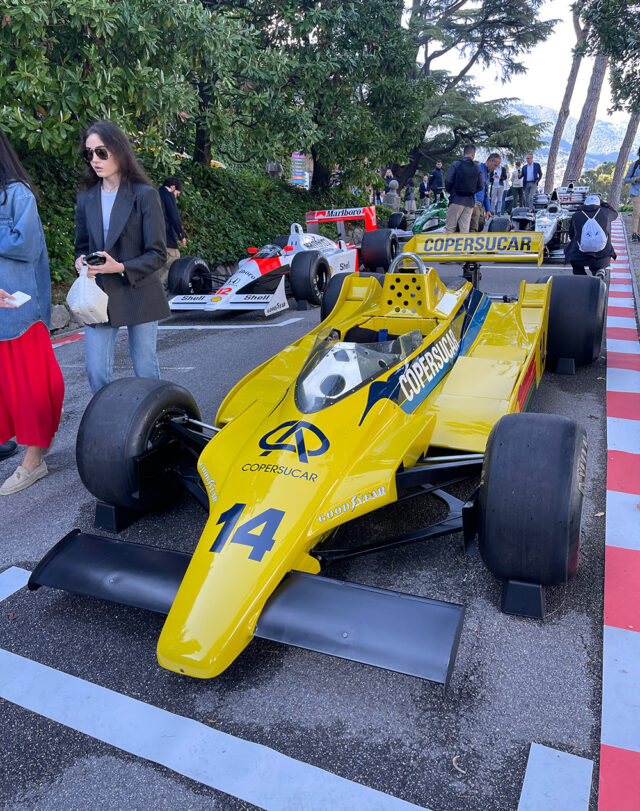
The event also played host to La Squadra and Zagato’s collaboration, the Alpine AGTZ Twin Tail with Zagato, which had its first public display, while Porsche, Koenigsegg, Aston Martin, MV Agusta and the Marsien by Marc Philipp Gemballa all displayed their latest creations, alongside very special models from their respective histories. Away from the cars, visitors could take in arts and crafts displays, accompanied by live music. We’ve picked out ten of our favourite cars from the two days.
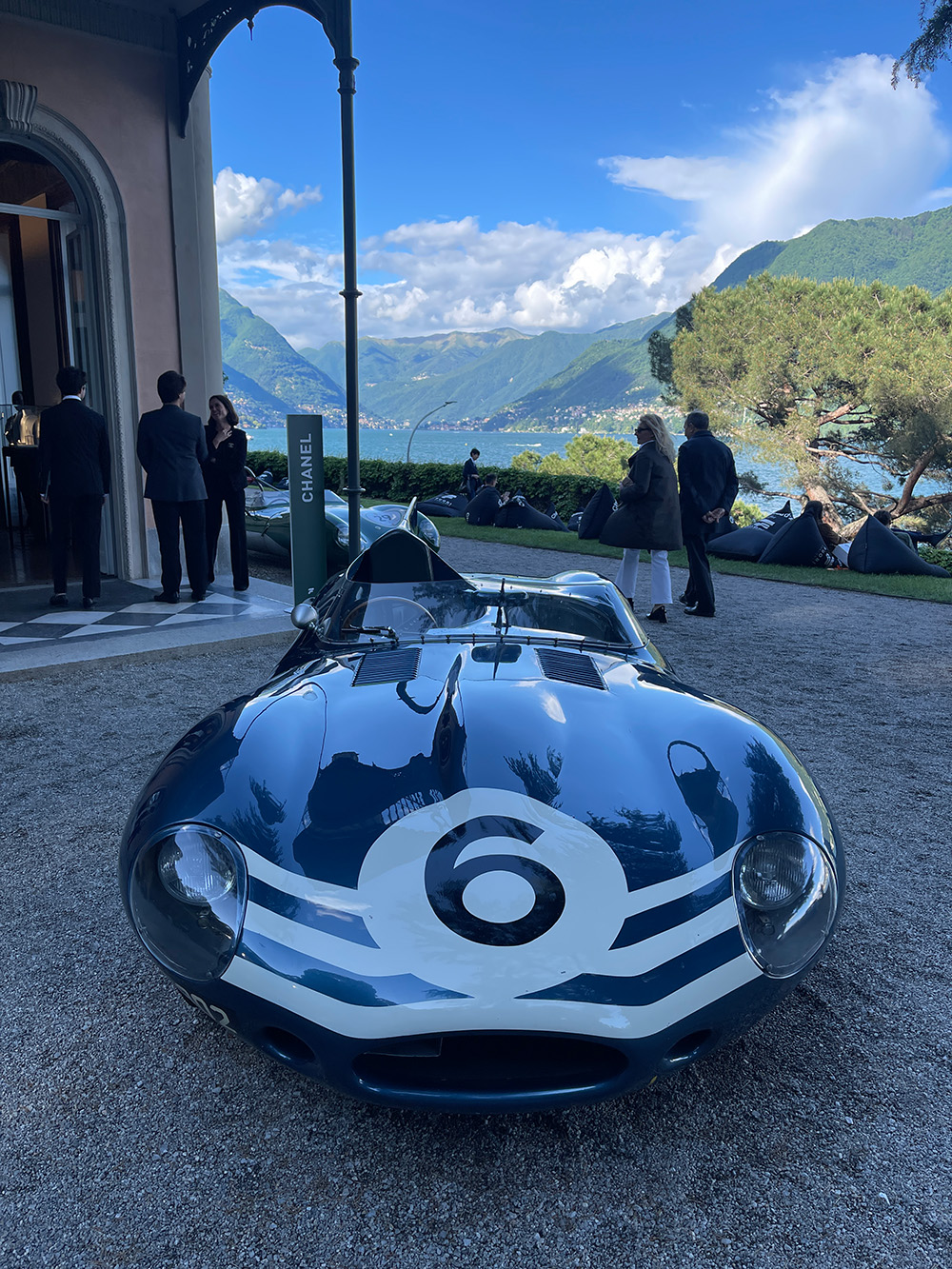
This Jaguar D-type is chassis XKD 504, the first of five long-nose examples prepared to do battle in 1955. It began the year acting as a spare car, before being pressed into racing service at Silverstone and the Nürburgring, but with little success. After a spell testing a new fuel-injection system, it was sold to Ecurie Ecosse in 1957.
It later passed through the hands of Mike Salmon and Peter Sutcliffe, but was crashed heavily at Snetterton in 1963. Jaguar repaired the D-type using the subframe of XKD 505, before selling the car to Neil Corner, who subsequently sold it to Paul Vestey. The subframe was returned to XKD 505 as part of that car’s restoration, while XKD 504 received a new one, before the original was tracked down in the mid-1990s, restored and returned to the car.
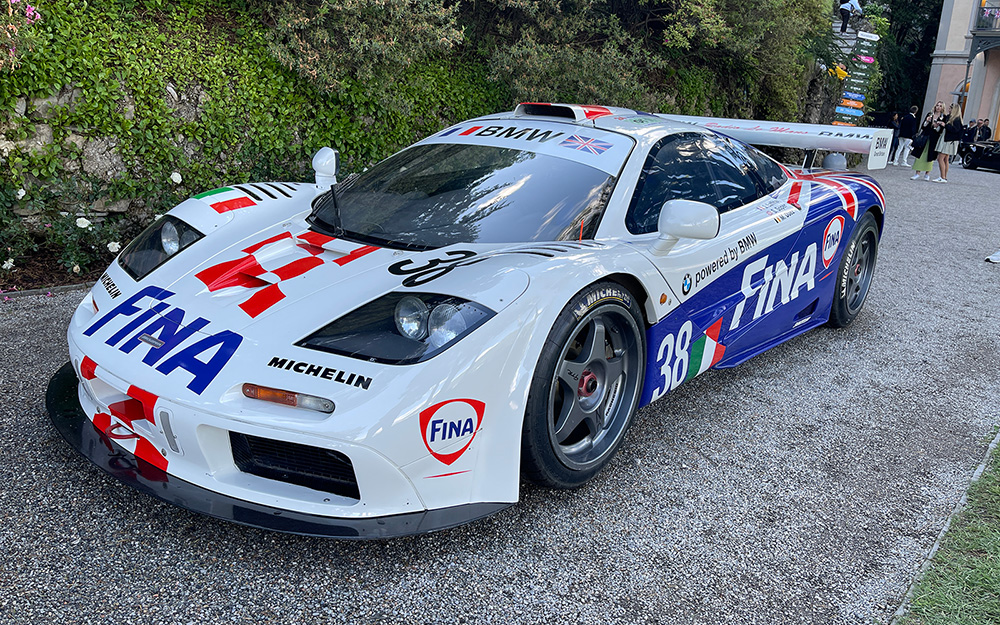
The McLaren F1 GTR on display was driven by Jacques Laffite, Steve Soper and Marc Duez for the Bigazzi team during the 1996 Le Mans 24 Hours. The trio was running in seventh place before disaster struck at 4:30am, when Duez brought the car in for the first of two gearbox changes. It spent many years in Papaya Orange, and was later restored to 1996 livery by Lanzante.
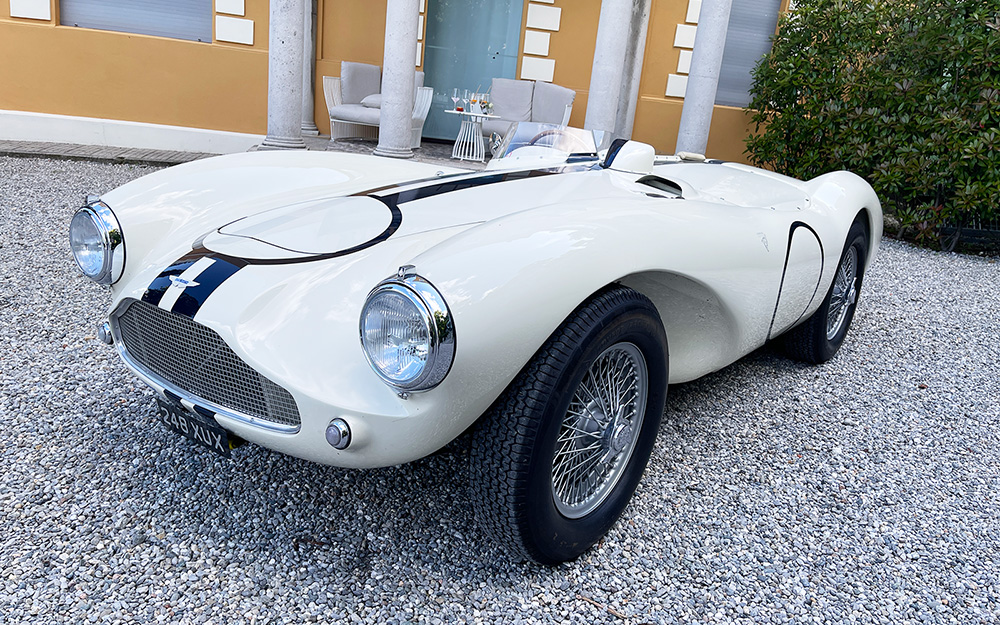
This is Aston Martin DB3S chassis number 115, which was first sold to Joe Lubin, who put it to immediate use at Bakersfield in 1956. He’d compete with the car until the end of 1957, alongside Richie Ginther (who nabbed a second place at Sonoma). The DB3S was then acquired by Bill de Creeft, who ran it in blue until the early 1960s, when it was passed to Ron Keil and made more amenable as a road car. In 2008 it was restored to its original condition, before finding a new owner via Fiskens. It would later appear at the 2018 Concorso Elegenza Villa d’Este.
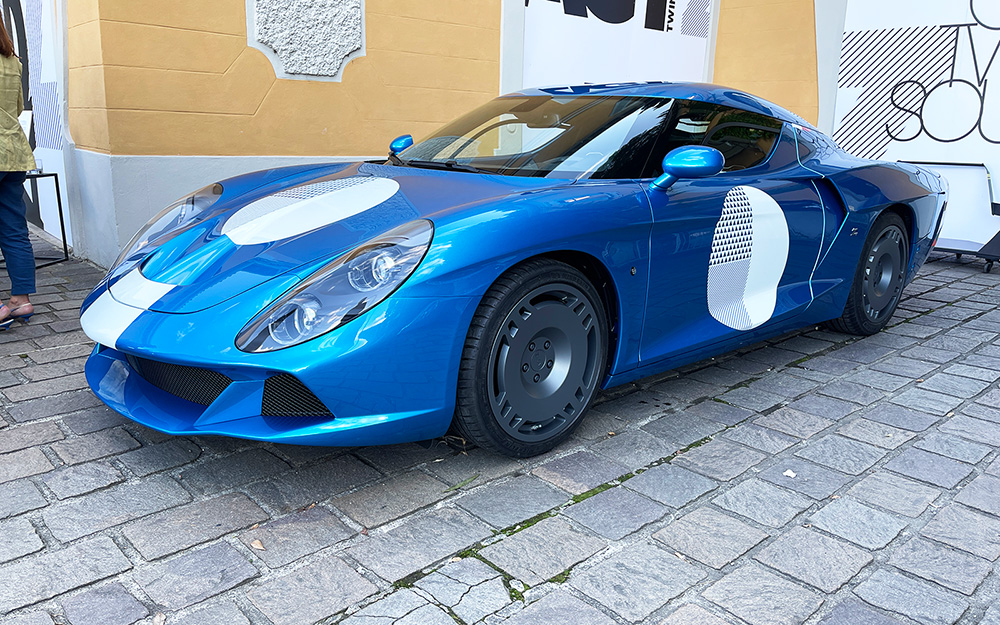
The new Alpine AGTZ Twin Tail with Zagato made its first public debut at FuoriConcorso. You can find out more about the car here, and we’ll have an interview online with Andrea Zagato and Jakub Pietrzak of LaSquadra next week, discussing just how this collaboration came to be.

Back to the British contingent… This Austin Healey 3000 was originally built for the Morley brothers in 1965, with long-distance events in mind. The brothers finished seventh overall on the Geneva Rally, and second overall on the Alpine Rally. It would also compete at the RAC Rally that year, but would crash out of the event. It passed through several collections, before being restored to FIA Alpine specifications in 2005.
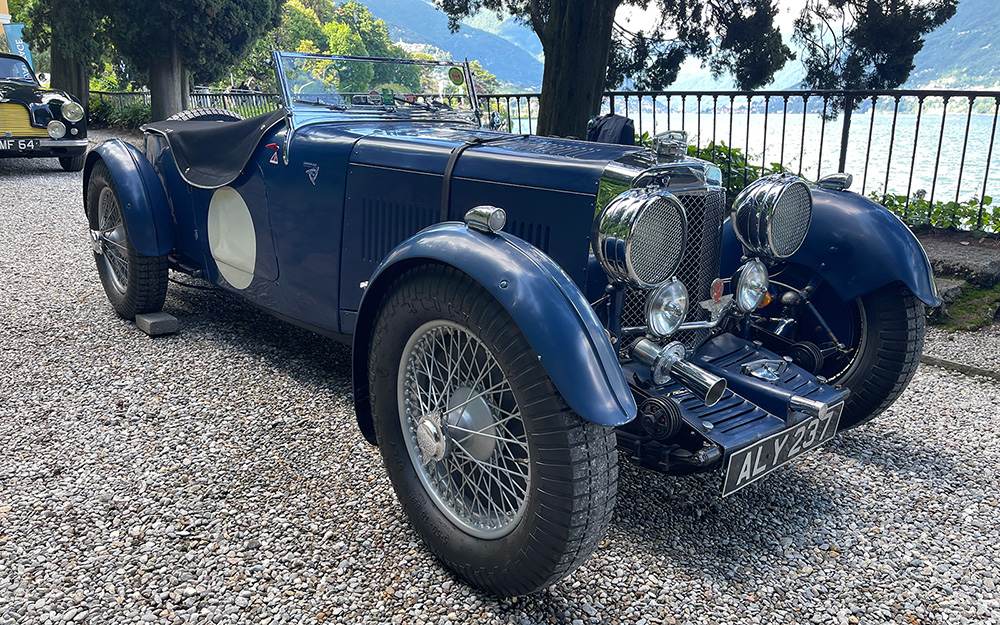
This 1933 Aston Martin 1.5-litre Le Mans short chassis was first sold to cinematographer Basil Emmott, and is one of just 106 built. Chassis H3/303/S is only two numbers before that of Sir Malcolm Campbell’s car. It has competed in six Mille Miglias in recent years, after an engine and transmission overhaul by Ecurie Bertelli.
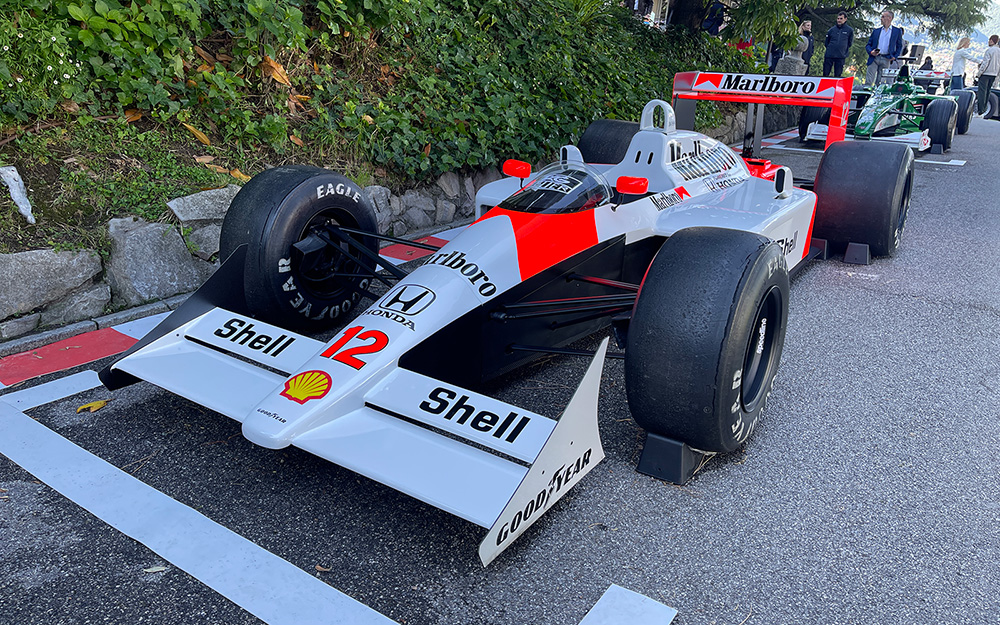
Perhaps the star of the F1 car display was this McLaren MP4/14. One of the most dominant racing machines of all time, it won all but one of the 1988 races in the last year of turbocharger regulations. It is one of six cars built for the season, and was raced by Ayrton Senna.
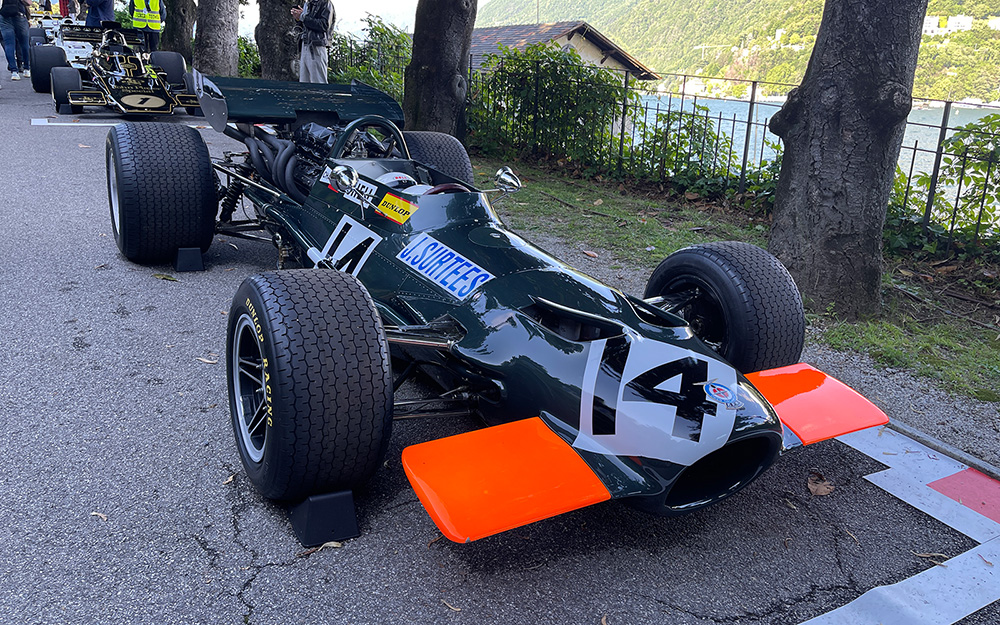
The BRM P139 was late to the grid for 1969, but it was introduced at the behest of John Surtees, who found the P138 difficult to make competitive. The P139 made its competitive debut at the British GP, benefitting from a revised suspension set-up, repositioned fuel load and strengthened rear end. Results weren’t great, the biggest highlight being Surtees’ third place at Watkins Glen, albeit two laps down. This is one of three cars produced.
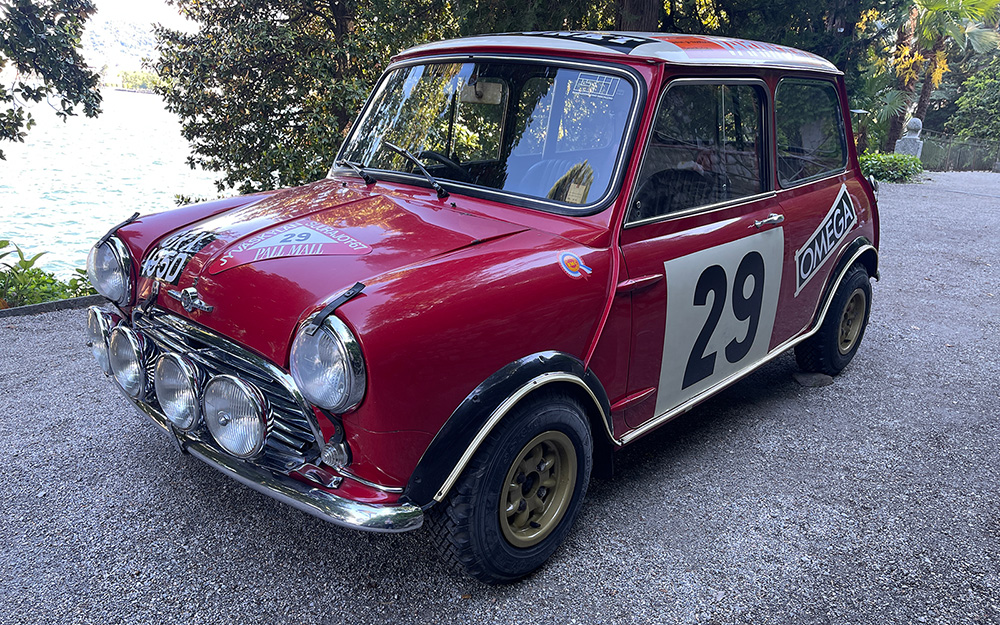
This Mini Cooper S was driven on rallies such as the Monte Carlo, Alpine, RAC, Acropolis and 1000 Lakes, between 1966 and 1967, with Timo Mäkinen taking the victory on the last of these in 1967. He managed to win despite having to tackle the treacherous Ouninpohja stage with the bonnet open, thanks to incorrectly tightened leather straps. Despite this impediment, he still set the third-fastest time, even though he could only get his head halfway out of the Mini’s window for a better look – his helmet was too big. His response was to get the car as sideways as possible, as often as possible. so he could see where he was going.
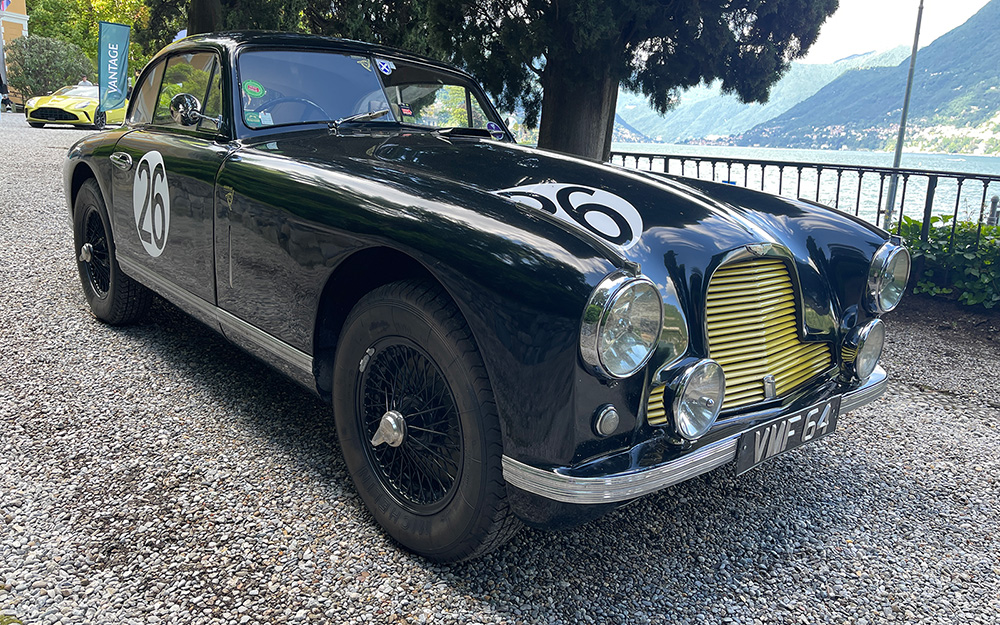
This 1950 Aston Martin DB2 finished third overall at the 1951 Le Mans 24 Hours, winning the 3.0-litre class. Lance Macklin and Eric Thompson spent only ten minutes in the pits throughout the race. The car was no stranger to Le Mans, having finished fifth there a year prior in the hands of George Abecassis and Macklin, and winning its class. It would later take a class victory at the 1951 Mille Miglia, a feat it would repeat a year later.
For more information on FuoriConcorso, head here.
